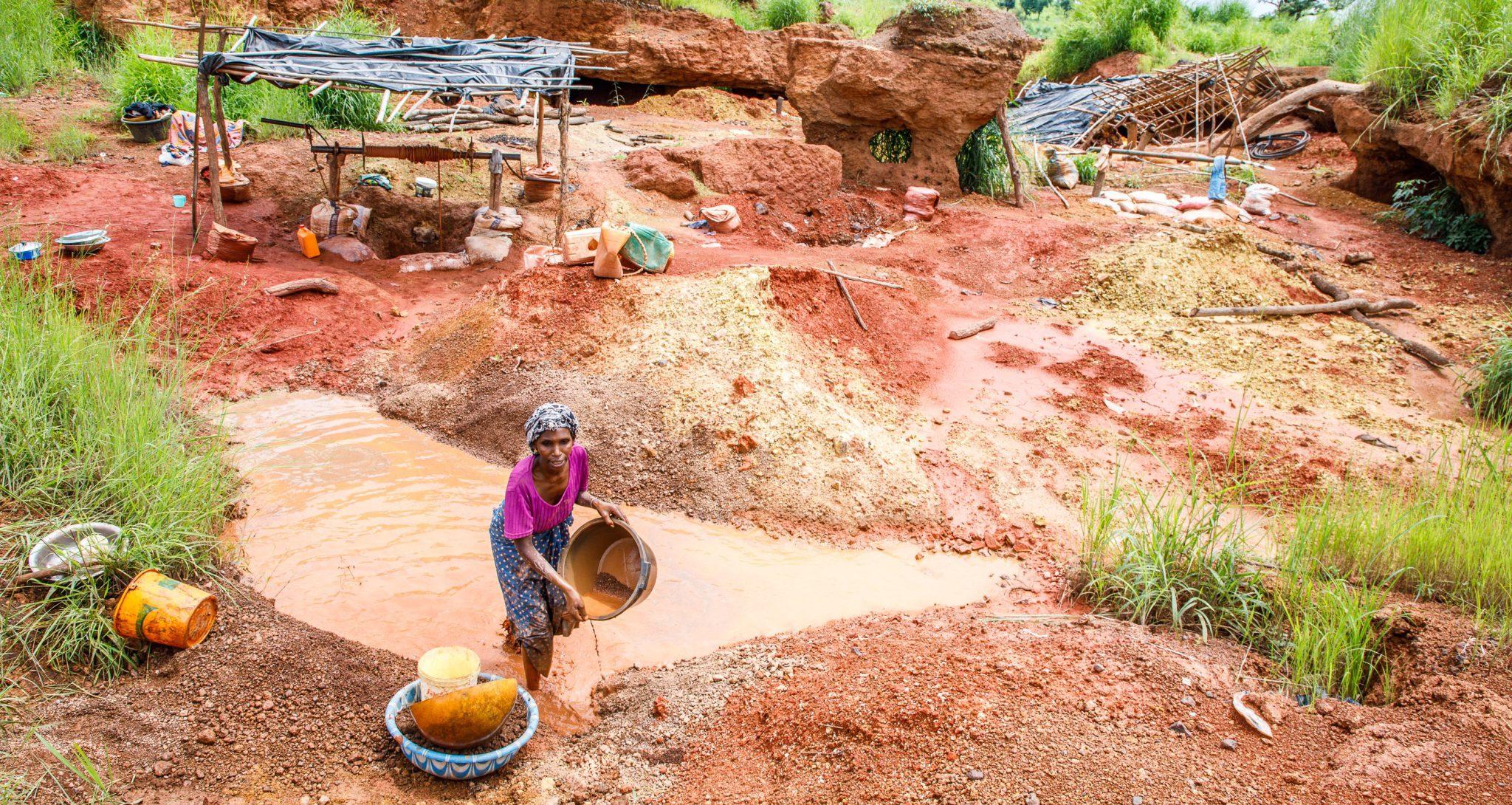
When Bousso Cissé – a 42-year-old rural woman in the region of Thiès – started working as a security guard at the Chemical Industries Senegal (ICS) mining project, women were in the minority. That percentage has since increased dramatically.
Cissé attributes this progress to two key factors: sensitization and leadership training provided by the Women in Mining (WIM) civil society organization and her own community-based organization (created with WIM’s support), which have inspired more women to seek out jobs in the sector; and gender data from the WIM Gender Index, which has had a positive effect on increasing awareness of the need for greater equity across the extractive industry.
WIM’s 2024 Gender Index on the situation of women in Senegal’s extractive sector, produced in collaboration with the Women Count Programme, addresses the gap in quantitative and qualitative gender data in a traditionally male-dominated sector and highlights gender gaps through citizen data. Designed as a decision-making tool for monitoring and evaluating public policies, it measures gender inequalities in employment, access to resources and participation in decision-making in the extractive sector.
According to WIM Senegal President Aida Diop, “the support of the [Women Count] project allows us, in a dynamic way, to continue to produce data to be able to inform on the situation of women in this sector but also to influence decision-making and fuel public debate.”
The WIM Index thus translates into key figures the unenviable situation of women in the extractive sector across five dimensions. For example, Senegal has a low overall score (44/100) on the integration of gender in the mining industry, scores even lower in governance (34/100), and does dismally on its integration in political and legal frameworks (17/100).
Recognition from local and national decision-makers
WIM has widely disseminated the Index and its recommendations among ministries, parliamentarians and journalists.
According to Awa Thiaka Dieng, Coordinator of the Gender and Equity Unit within the Ministry of Energy, Petroleum and Mines (MEPM), the Ministry uses the Index as a benchmark for its integration of gender in the extractive sector.
In November 2024, WIM was invited by the Minister to contribute to the gender equality review workshop for the Sectoral Development Policy Letter. As a result, this new letter now incorporates a gender lens, recommends using the WIM Index in diagnostics, and acknowledges WIM’s work on gender data. The Minister also hailed the Index as a major step forward in local content development, underlining its usefulness in generating citizen data to guide decision-making in the extractive sector and praising WIM Senegal’s actions to promote inclusion in extractive sector governance.
“To be able to make decisions, it’s essential to have data, and it’s data that drive decision-making. Often in Senegal, we face problems with statistical data and also with pre-existing data. … It's not easy for us and we know from the outset that we don't have the means, for example ... to deploy ourselves across Senegal to be collect certain data. Which means that today, if we have support for partners who collect data in a very, very in-depth manner ... we sometimes rely on our partners. And with the data we collect, we can conduct gender analysis and also comparative studies”, says Thiaka Dieng.
Mbathio Ngom, who leads WIM’s Gender Index project, says it has enabled deeper reflection and allowed parliamentarians to understand where more emphasis is needed, including where laws need to be created or amended to include a gender dimension. She credits WIM advocacy on the need for a gender lens and women’s voices in policymaking for contributing to aspects of the Bill on Women’s Empowerment, introduced in May 2024 (and still in progress), such as to include more women and women’s organizations on decision-making bodies.
A ministerial decree made the Local Development Support Fund (FADL) effective, establishing a multi-stakeholder monitoring committee that includes representatives from women’s organizations. MEPM has also vowed to increase the number of women’s organizations on the monitoring committee. Decision-makers have also committed to establish as a national priority the enhancement of living conditions of people living in mining areas.
Ngom added that decision-makers at the municipal level, who were made aware of the results of the Index at an inter-municipal forum, are in the process of rebalancing local policies and budgets to improve women’s living conditions through economic empowerment.
Recognition within the mining industry
The Gender Index is also being used as a key evaluation tool by the extractive industry and it has been acknowledged by international industry experts.
WIM Index data were included in the 2023 Extractive Industries Transparency Initiative (EITI) report, which Diop describes as a historic victory for citizen data, especially since EITI International also cited WIM Senegal as a good practice.
Diop says WIM has also been invited by several mining companies to help them integrate the specific needs of women in their internal policies. Among them Endeavour Mining introduced a campaign on gender biases, with WIM’s support. Meanwhile, ICS is regularly consulting with community-based women.
“Companies are increasingly open and are even now including women from affected communities in planning and in their initiatives,” adds Diop, calling this an important cultural shift within an industry that “used to be entirely closed”.

